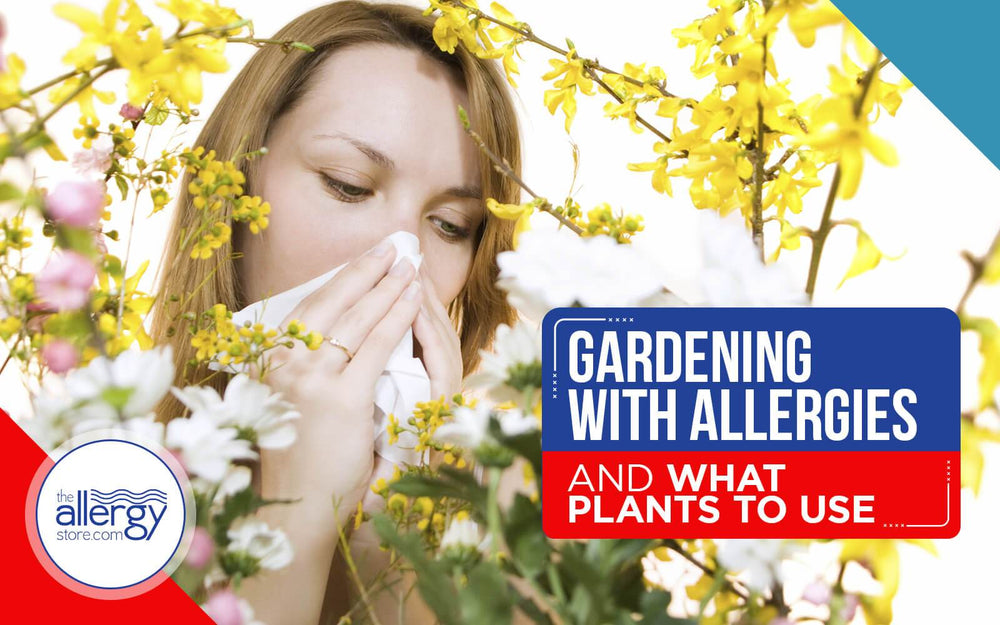
Just because you suffer from seasonal allergies does not mean you cannot have a beautiful garden and yard. With some careful planning now, you can enjoy spring and summer full of color without itchy, watery eyes and a runny or stuffy nose.
Seasonal allergies start in the spring with certain varieties of trees and continue on through the summer with grasses. The one thing that the allergy-causing plants have in common is that their pollen is spread through the air. If you keep this in mind, you can plan a spring and summer garden that is full of color but not air-borne pollen.
One way to bring color to your yard without pollen is to select plants that have multi-colored leaves. There are many varieties of coleus that sport colors ranging from pinks to yellows, to reds along with splashes of green and white. Scarlett, Pastel, Pineapple and Coral Sunrise coleus are beautifully mixed with common impatiens.
Weigela will make a shrub with flowers that attract bees and hummingbirds. Because weigela relies on bees, butterflies, and hummingbirds to spread its pollen, it is perfect for the low pollen garden. In general, any plant that attracts bees or butterflies will not cause a problem with your allergies.
This also means you can have hibiscus shrubs, buddleia, hydrangeas and roses in the yard and create an Eden for the pollinators without adding to your pollen problems. All of these plants rely on bees and butterflies to move pollen from one plant to another.
All of your garden vegetables will be pollen allergy-friendly. This includes the brassicas (cabbages, collards, broccoli, Brussels sprouts) the nightshades (tomatoes, peppers, eggplants, potatoes) and cucurbits (squashes, cucumbers, and melons). These plants all self-pollinate or utilize bees and other insects for pollination. This means that they do not produce airborne pollen and make them allergy-friendly in the garden.
If you want a plant that not only looks good but tastes good, try Opal basil. The leaves are a beautiful purple and a delight to the eye. It is slightly fragrant so it pleases the nose. The leaves are yummy in salads and Italian dishes. The plant does not produce wind-blown pollen. You are safe planting any member of the mint family. This includes the mints, the basils, the oreganos and marjorams. When these plants do go to flower, they produce waxy pollen that attracts bees. They do not produce airborne pollen.
If you want to plant trees avoid elm and birch trees. Plant apple, pear, peach and dogwood trees for less air-borne pollen. If you want more succulent-type plants, use sedums such as golden sedum or dragon’s blood sedum. Hen and Chicks is a succulent with an interesting shape and color and will not produce pollen.
If you have mold allergies, be sure to wear a mask when turning over the soil or moving mulch, as spores might be disturbed.
With a little careful planning, have seasonal allergies does not mean you cannot have a colorful garden.
Wishing you the best of health

